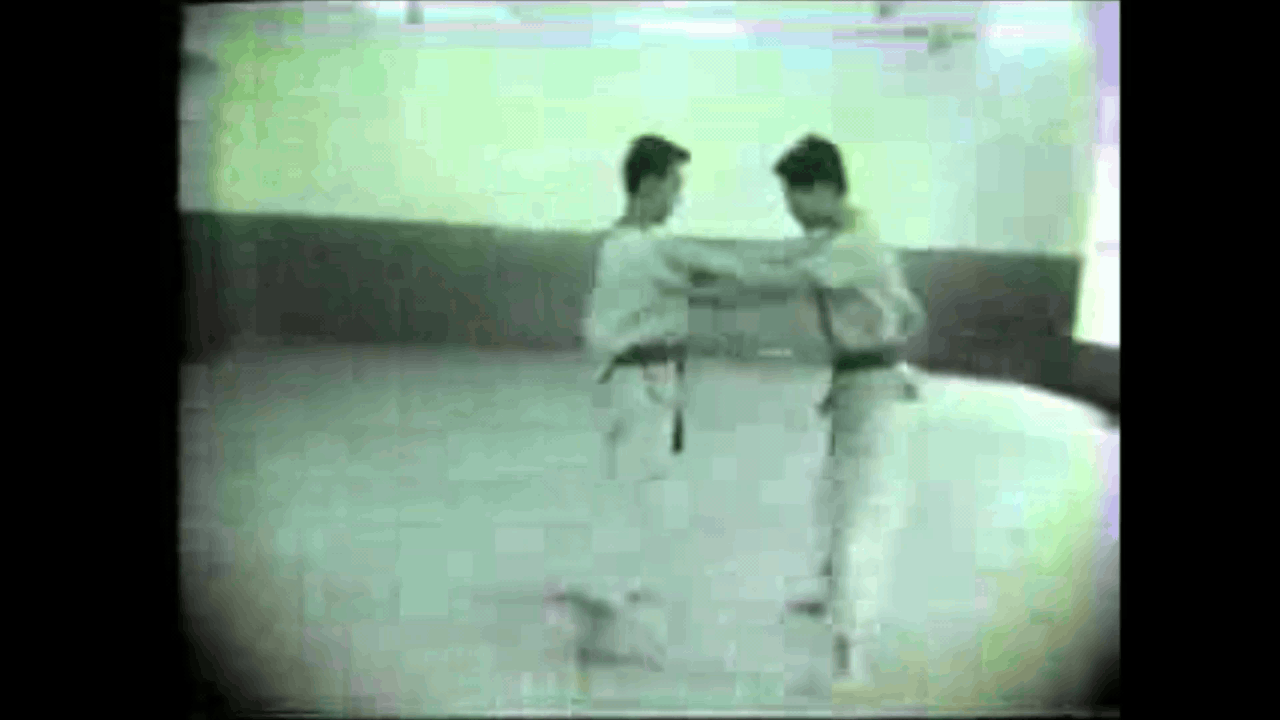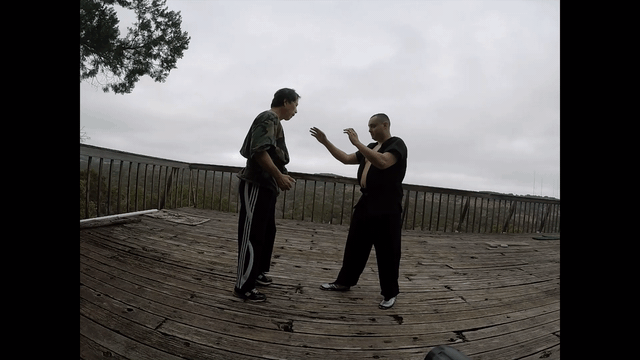Agree with you on the 1st part. Disagree with you on the 2nd part.When taking the fall, tori should retain his grip on the sleeve and uke should retain his grip on the lapel, both work to support the fall being taken.
When you throw me,
1. You hold on to my sleeve so you can pull me to cancel the impact of your throw.
2. If I hold on to your lapel, I may pull you down with me and your body weight may cause some injury on my body.
IMO, it's better for me to release my lapel hold on you and use that hand to protect my head.


